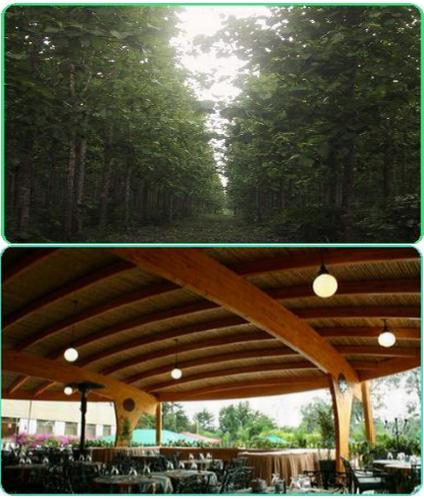Application of a timber extraction vulnerability index in a Humid Tropical Forest
Main Article Content
Abstract
Although there is an increasing concern about the suitability of timber extraction in tropical forests, the vulnerability of tree populations to logging has been scarcely assessed. In an attempt to improve the management of natural forests in the Caribbean lowlands of Costa Rica, I developed a vulnerability index considering ecological and socio - economical traits for 60 timber species consumed in local markets. In addition, I compared the timber harvest and economical profit between the traditional forest extraction scenario and the proposed assessment, which included harvest reduction for vulnerable and highly vulnerable species. The analysis of the species' ecological traits demonstrated that the floristic composition in the study area had a higher proportion of dioecious species than previous estimations in the area. Most of the tree species depend on vertebrates for seed dispersal and open areas for establishment. Most of them had a large geographic distribution with only eight endemic species to Costa Rica and only ten species qualified as highly-valuable wood. The assessment characterized 31 species as vulnerable and seven as highly vulnerable to timber extraction. Lower harvest rates for vulnerable species and no extraction for the highly vulnerable group would mean 16% reduction of the timber harvest in comparison with the traditional approach but almost 40% decrease on the net profit, highlighting the importance that vulnerable species have in forest management profitability.
Article Details
How to Cite
Valverde, O. J. (2012). Application of a timber extraction vulnerability index in a Humid Tropical Forest. Revista Forestal Mesoamericana Kurú, 3(8), pág. 1–15. Retrieved from https://revistas.tec.ac.cr/index.php/kuru/article/view/511
Issue
Section
Artículos científicos
Al enviar un artículo a la Revista Forestal Mesoamericana kurú (RFMK), los autores ceden los derechos patrimoniales a la editorial de la RFMK una vez su manuscrito haya sido aprobado para publicación, autorizando a la RFMK a editarlo, reproducirlo, distribuirlo, y publicarlo en formato físico y/o electrónico, incluido Internet. La titularidad de los derechos morales sobre los trabajos objeto de esta cesión seguirá perteneciendo a los autores.
Este obra está bajo una Licencia Creative Commons Atribución-NoComercial-SinDerivadas 4.0 Unported.


